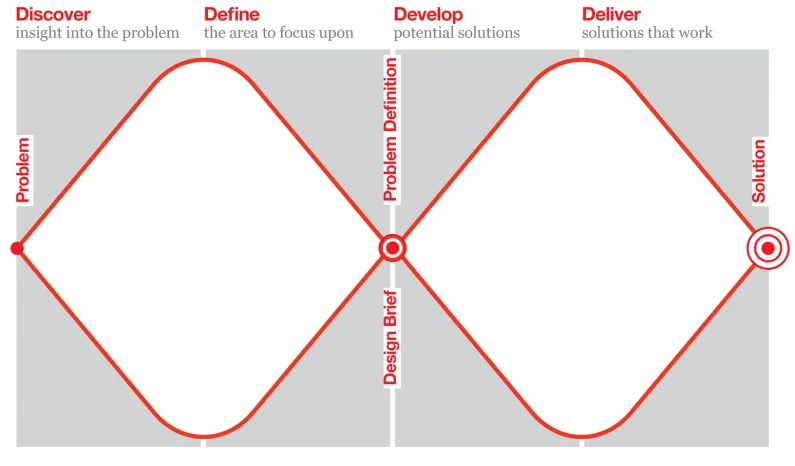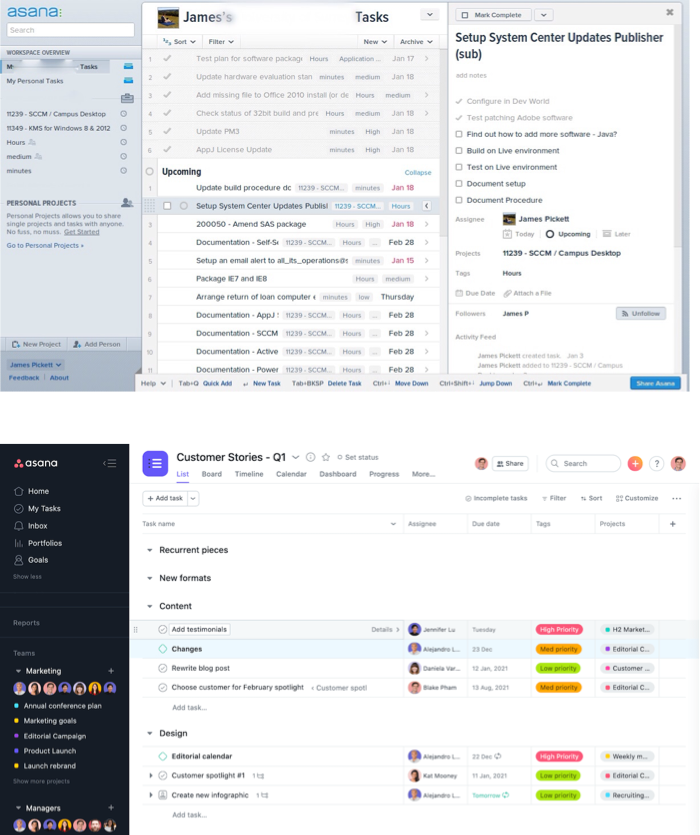The Designer Disconnection
Oct 27, 2021 • 2 min read

I believe that there is a fundamental disconnect between the way of thinking of a designer and of those who do business. A disconnection that causes, in most cases, an enormous amount of personal dissatisfaction.
I try to explain myself.
As a designer, we are taught to work according to The Double Diamond method.

That the “right” way to design is therefore to do research, understand the problem, explore a range of options and find an optimal solution.
The problem definition and the solution are the culmination of two distinct phases of work which first involve a lot of exploration and then a selection of the best options. Until the final one.
However, experience in the field has taught me something different. Business needs — almost never — coincide with this working method.
Product Managers, Product Owners, CEOs etc. all they know (or believe it) what needs to be done. They just need someone to make it happen.
We are therefore asked not to stand there wasting time following any methodology the strictly way. To do what is asked is what really matters. Very frustrating. Isn’t it?
But I wonder: who is right?
As designers we think — naively — that the best product wins. And we often translate “best product” as “the best designed product that meets users’ needs based on a deep understanding of their needs”.
The (really recent) history of digital product design teaches us something different. You know the mantra “Done Is better Than Perfect” ? I think you’ve heard it at least one time in your designer’s life.
Notwithstanding my personal reluctance to have to give up on quality, I have learned the hard way to accept this compromise.
There are many examples of initially poor designed products **that slowly (and then increasingly rapidly) become **successful and gain market share. Many of them are built on countless design cycles/iterations/sprints.
Think to how Asana has evolved over time:
 Asana UI - Before (2014) and After (2021)
Asana UI - Before (2014) and After (2021)
As designer, I probably wanted to ship the latest UI version (on the right) from the start. But this is our mistake.
And this is especially true if you work in a context of early-stage companies such as start-ups, where cash flow is a matter of life or death.
We must therefore accept that the speed and efficiency of the design process matter a lot. A good designer must be pragmatic.
You don’t have to stop wanting to design the best product.
But you need to view products over a 5+ year lifespan, rather than through the lenses of a release or a series of sprints.
Reccomended readings:
Join my exclusive email list to stay updated with new articles and enhance your skills in Product Design.
